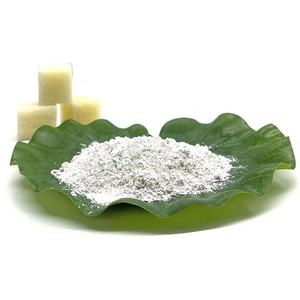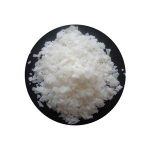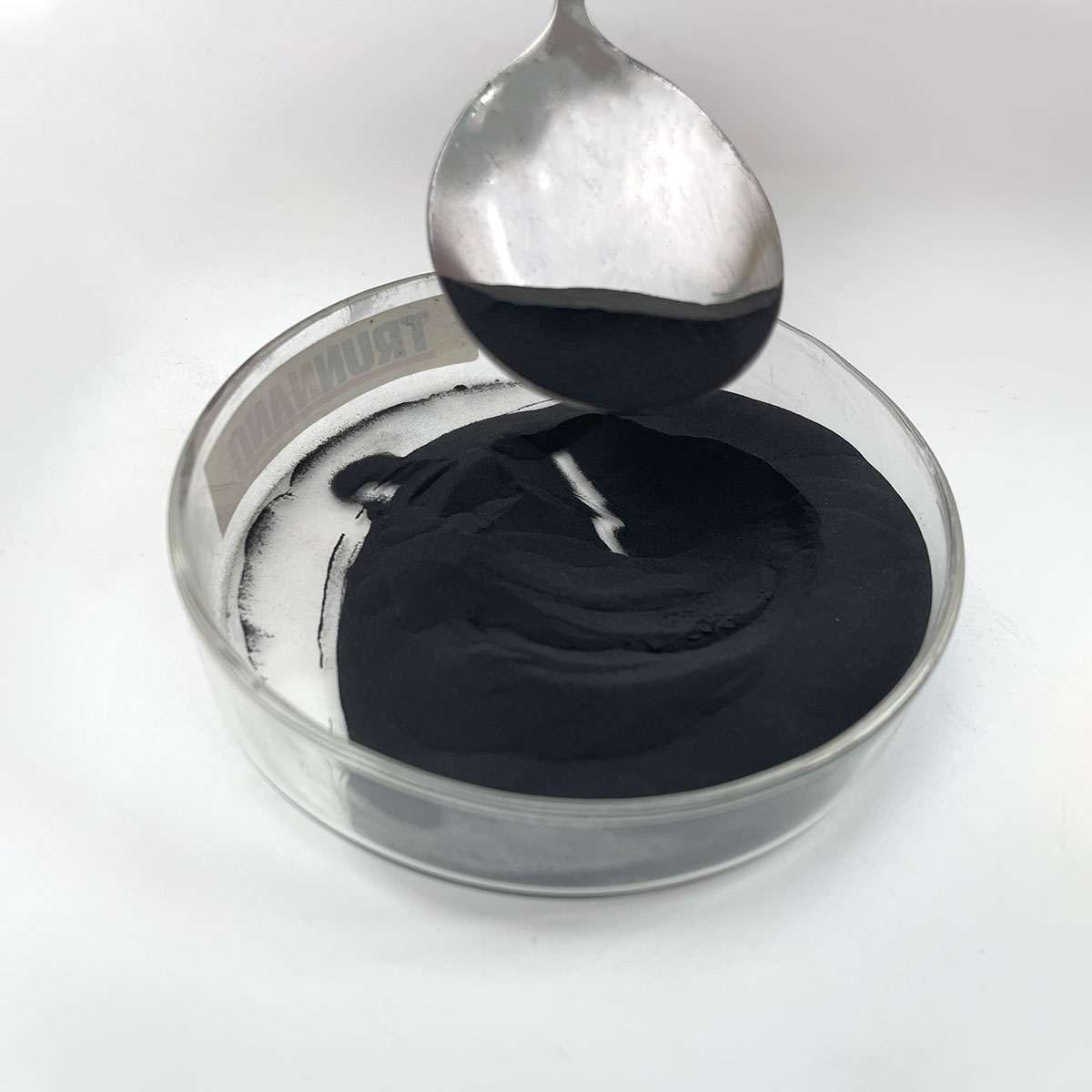1. Introduction
Just 24 hours ago, a major European cosmetics brand announced it would phase out sodium lauryl sulfate from all its shampoos by 2025, citing consumer demand for gentler, plant-derived surfactants. This move reflects a growing global trend toward cleaner, more sustainable ingredients—making it the perfect time to explore what sodium lauryl sulfate really is and how it fits into today’s surfactant landscape.

Sodium lauryl sulfate—often abbreviated as SLS, sls sodium lauryl sulfate, or even natrium lauryl sulfate—is one of the most widely used anionic surfactants in the world. But what does that actually mean? And how does it compare to alternatives like sodium laureth sulfate, alkyl polyglucoside, or coco betaine? Let’s break it down.
2. What Is a Surfactant?
The meaning of surfactant is simple: it’s a surface-active agent that reduces tension between liquids or between a liquid and a solid. Surfactants have a dual nature—one end loves water (hydrophilic), and the other hates it (hydrophobic). This lets them lift oil, dirt, and grime so they can be rinsed away.
Surfactants fall into four main categories: anionic, cationic, non ionic surfactant, and amphoteric. Sodium lauryl sulfate is a classic example of an anionic surfactant, meaning it carries a negative charge in water. Other anionic surfactants include sodium dodecyl sulfate (another name for SLS), ammonium lauryl sulfate, sodium lauroyl sarcosinate, and sodium cocoyl isethionate.
3. Sodium Lauryl Sulfate: The Basics
Sodium lauryl sulfate (SLS), also known as sodium dodecyl sulfate or na lauryl sulfate, is derived from lauryl alcohol—often sourced from coconut or palm kernel oil. Despite its natural origin, SLS is heavily processed and known for its strong cleansing and foaming power.
You’ll find SLS in everything from toothpaste and shampoos to industrial cleaners. It’s effective, cheap, and creates that satisfying lather people associate with ‘clean.’ However, its potency can also cause skin and eye irritation, especially in sensitive individuals.
4. SLS vs. SLES and Other Common Surfactants

Many confuse SLS with sodium laureth sulfate (SLES), also called sodium lauryl ether sulfate or sodium lauryl ether sulphate. While both are anionic surfactants, SLES is ethoxylated—meaning it’s been treated with ethylene oxide—which makes it milder than SLS.
Other popular surfactants include:
- Cocamidopropyl betaine (also called coco betaine, amidopropyl betaine, or cocamido): an amphoteric surfactant that’s gentle and often used to reduce irritation from SLS.
- Decyl glucoside and coco glucoside: nonionic surfactants derived from sugar and coconut oil, part of the alkyl polyglucoside family and considered bio surfactants.
- Sodium coco sulfate and coco sodium sulfate: milder anionic options often marketed as ‘SLS-free’ alternatives.
- Sodium lauroyl methyl isethionate and sodium cocoyl glutamate: newer, ultra-gentle anionic surfactants used in premium skincare.
5. Beyond Personal Care: Surfactants in Agriculture and Industry
Surfactants aren’t just for shampoo. In agriculture, they act as wetting agents for grass and surfactant for herbicides or weed killer. Common choices include polysorbate 80, span80, lignin sulfonate, and even methylated seed oil.
For example, a lawn wetting agent helps water penetrate hydrophobic soil, while a surfactant for herbicides ensures even coverage and better absorption of active ingredients like glyphosate. Nonionic surfactants like ethoxylated alcohol or pluronic 127 (poloxamer 188) are often preferred here because they don’t react with other chemicals.
6. Safety, Myths, and Misconceptions

Despite viral claims, SLS is not carcinogenic. Regulatory bodies like the FDA and EU SCCS consider it safe at typical usage levels. That said, its potential for irritation has driven demand for alternatives.
It’s also worth noting that ‘sulfate-free’ labels often just mean SLS or SLES has been swapped for another anionic surfactant like sodium cocoyl isethionate or lauroyl sarcosinate—not that the product is free of all surfactants.
And while you might see ‘sls sulfate’ or ‘sulfate laureth’ on ingredient lists, these are informal terms—official names follow INCI standards (e.g., sodium lauryl sulfate, sodium laureth sulfate).
7. Where to Buy and Industry Players
Sodium lauryl sulfate for sale is widely available from chemical suppliers globally. Companies like Rohit Surfactants Private Limited specialize in manufacturing SLS and related compounds for cosmetics, pharma, and agrochemical use.
Other notable surfactants in industrial contexts include cetyl trimethyl ammonium bromide (CTAB, or cetyltrimethylammonium bromide)—a cationic surfactant—and sodium dodecylbenzene sulfonate, used in detergents. Even niche compounds like copper 1 bromide or sodium deoxycholate appear in specialized formulations.
8. The Future of Surfactants
The surfactant market is shifting toward sustainability. Bio surfactants like rhamnolipids, sophorolipids, and plant-derived alkyl polyglucosides are gaining traction. Fluoro surfactants, though effective, face scrutiny due to environmental persistence.
Consumers now seek transparency: they want to know if their shampoo contains SLS, whether their weed killer uses a nonionic surfactant, and if their baby’s lotion avoids harsh anionic cationic blends. This demand is reshaping formulations worldwide.
9. Conclusion
Sodium lauryl sulfate remains a workhorse surfactant thanks to its effectiveness and low cost. But as awareness grows, so does the use of milder, eco-friendly alternatives like cocamidopropyl betaine, decyl glucoside, and sodium lauroyl sarcosinate. Whether you’re formulating a shampoo, choosing a herbicide, or just reading a label, understanding surfactants empowers smarter decisions.
Our Website founded on October 17, 2012, is a high-tech enterprise committed to the research and development, production, processing, sales and technical services of ceramic relative materials such as Understand. Our products includes but not limited to Boron Carbide Ceramic Products, Boron Nitride Ceramic Products, Silicon Carbide Ceramic Products, Silicon Nitride Ceramic Products, Zirconium Dioxide Ceramic Products, etc. If you are interested, please feel free to contact us.


